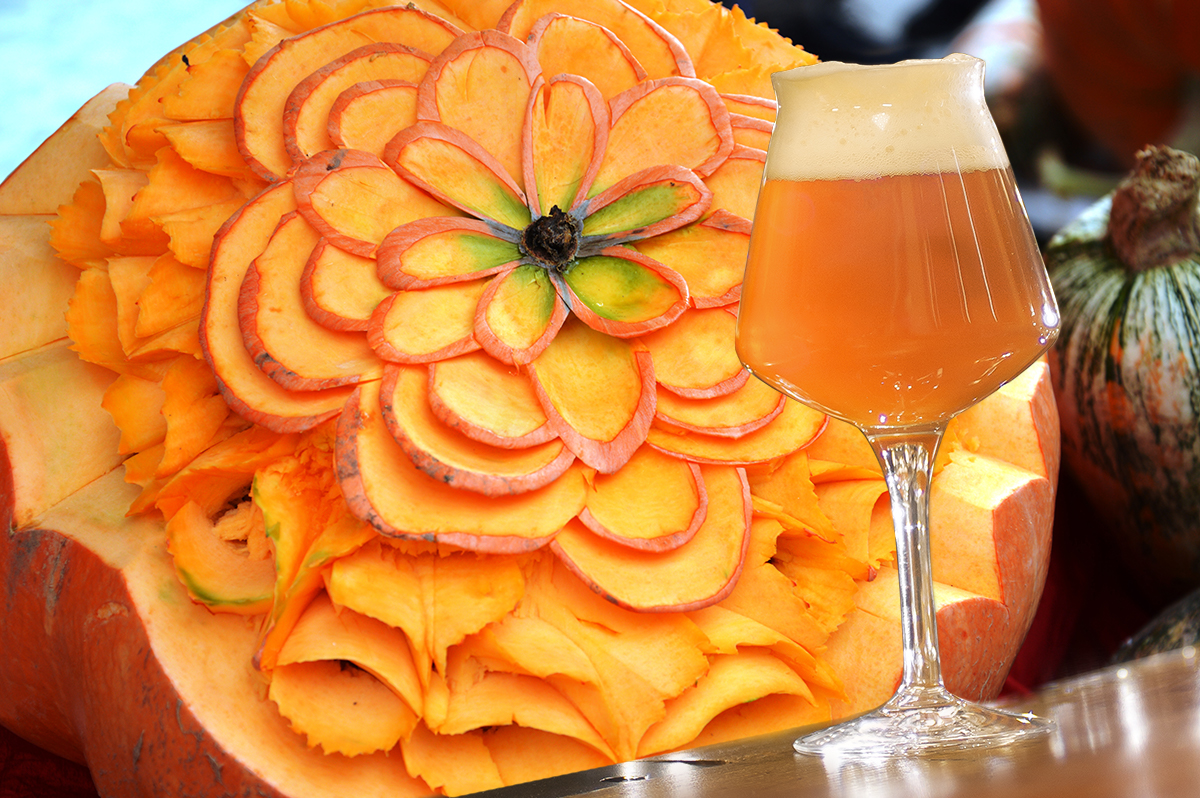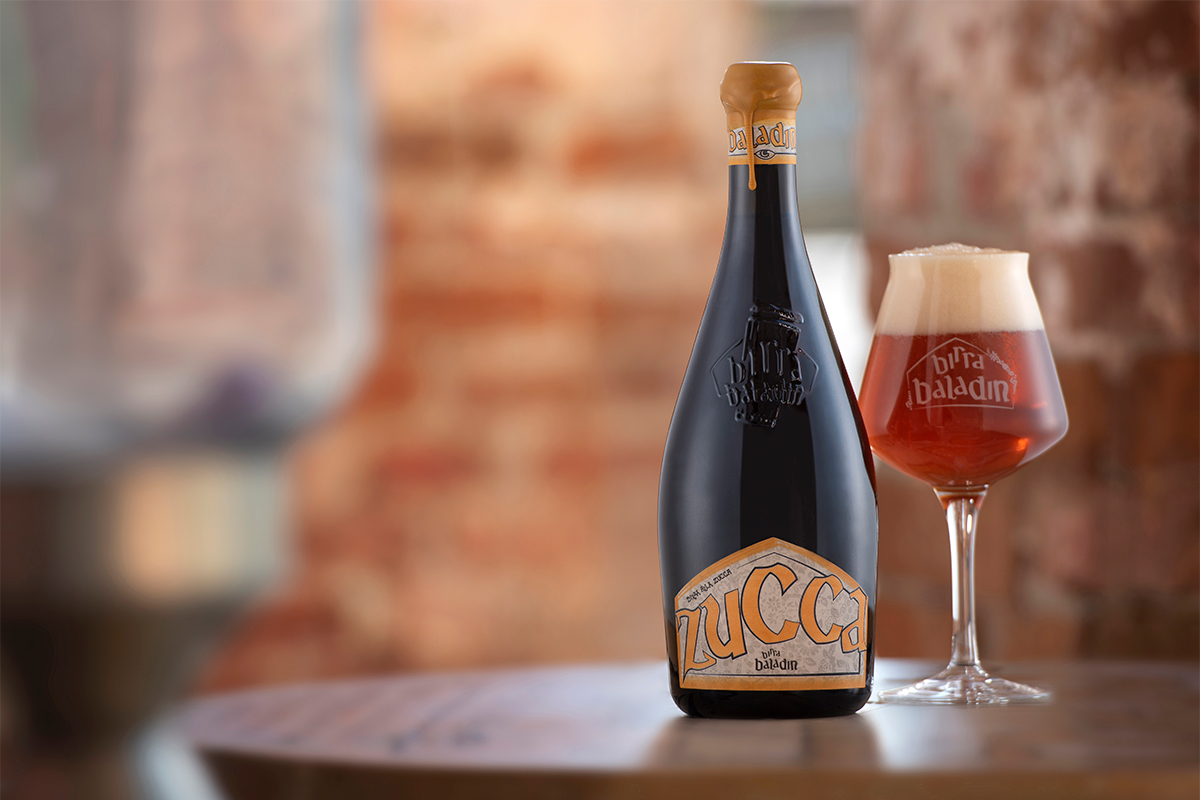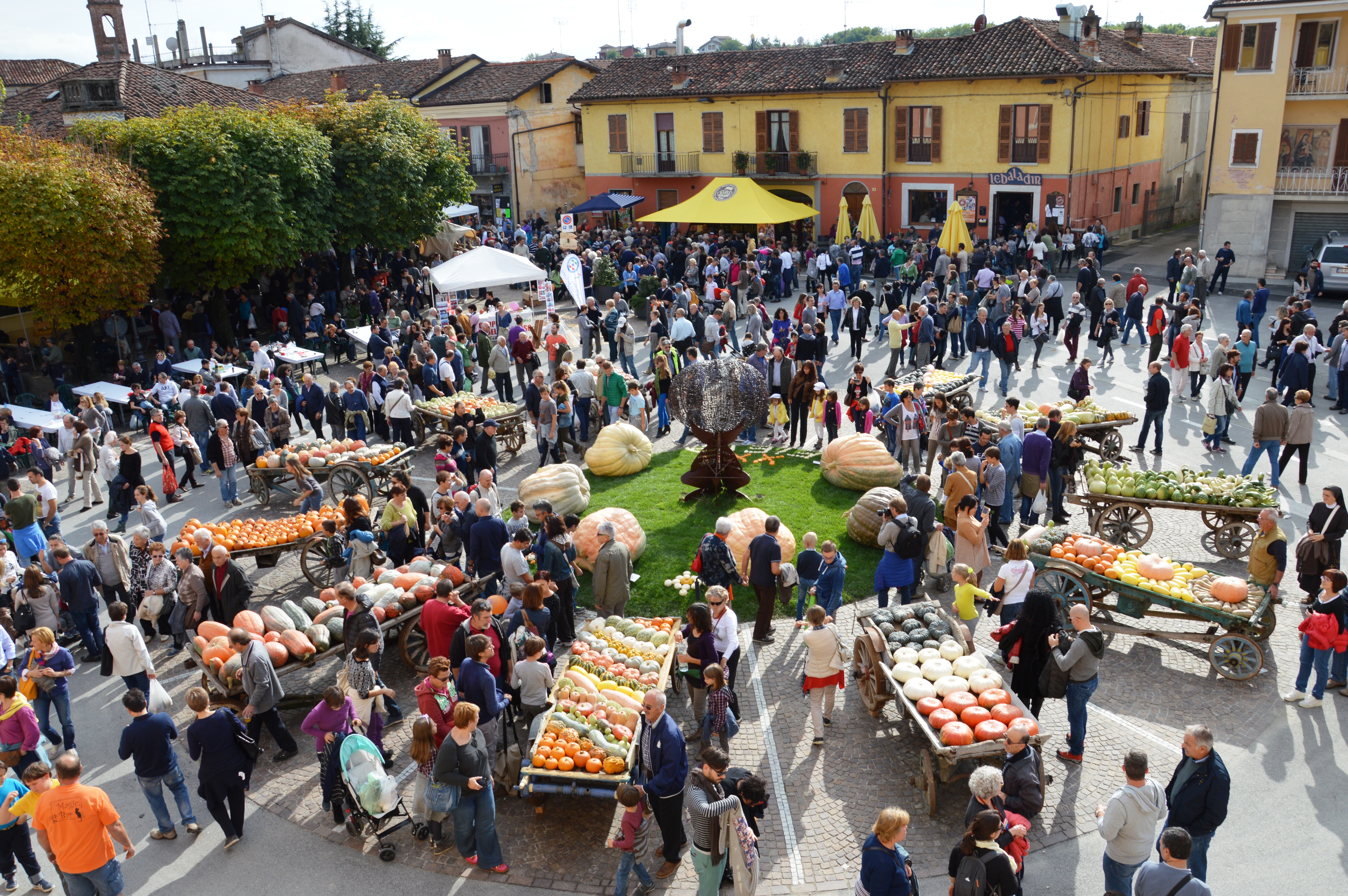Pumpkin Ale: history, ingredients and style

One of the strengths of beer is the great freedom that master brewers enjoy. Even if many styles are only made with the four basic ingredients (malt, hops, yeast and water) with some minor additions, it is more and more common to come across beers flavored with unusual, if not
unlikely ingredients.
This is the consequence of the continuous need to always launch something new and exciting on the market, but there are also some interesting cases of beers that belong to tradition, and are not a just an attempt to follow market trends. In other words, some ingredients – such as oysters or salt, just to mention a few – might look like they have little to do with beer, but instead are key ingredients of ancient beer recipes. A peculiar example is that of pumpkin, a vegetable that we would hardly associate to beer, but instead is the key ingredient of Pumpkin Ales.
History
Pumpkin Ales are one of the few styles that originated in the United States. The first document that mentions them dates back to 1771, when the American Philosophical Society published a recipe for Pompion Ale, the old name of Pumpkin Ales. Presumably, pumpkins had already been used in beer making before. The habit spread when the first settlers came to the continent, and immigrants from Europe tried to make beer with the ingredients that were locally available.
Because European barley malt crossed the ocean and reached America only occasionally, the first American brewers tried to replace (or complement) barley malt with other ingredients, such as corn, apples and, of course, pumpkin. Pumpkins proved to be particularly suited to the purpose, as they contain a large amount of fermentable sugars.
So the first Pumpkin Ales were made without barley malt (or with minimum quantities) and often included the addition of other ingredients, such as fruit and alternative cereals. Over time, the percentage of barley malt grew until these beers took on the characteristics that now define them.
The recent revival
Between the time when Pumpkin Ales originated and became popular and their current presence on the market, there was a time when they were completely forgotten. With the increase of trade exchanges and the availability of barley malt in America, the reasons why Pumpkin Ales existed
were no longer there and the style almost completely disappeared.
They were only rediscovered in the 1980’s, when the craft beer movement was exploding in the United States. Many breweries started to make a type of beer that had its roots in the history of the country, thus reviving a lost style. It’s easy to see that this revival was sparked by the
commercial potential offered to Pumpkin Ales by Halloween: their sales still tend to peak around the famous celebration.
Characteristics
The name Pumpkin Ale does not identify an actual beer style, but rather a characteristic of some beers. In other words, pumpkins can be added to very different beer styles. Traditionally, Pumpkin Ales are made with Amber Ales, but the vegetable can be easily added to Stouts and
Porters, Belgian ales and even bottom fermented beers - in this case, the name Pumpkin Ale is misleading, and we should really talk about Pumpkin Beers.
The use of pumpkin, of course, has an impact on the aromas and tastes. The determining factors are more than one: the stage in the brewing process when the ingredient is added, the pumpkin variety chosen, the way it is treated before it is added to the production process. Generally
speaking, pumpkins enhance the beer dryness, but they also give a gentle sugary feel at the end of the sip. Based on the master brewer’s interpretation, pumpkins can have a distinct influence on the aromatic profile of the beer, or just add delicate nuances that blend with the scents
and aromas coming from the other ingredients.
Finally, it’s important to note that many Pumpkin Ales are inspired by the typical American pumpkin pies. Some of their recipes, therefore, also include spices such as cinnamon, nutmeg and ginger.
In brief: although it’s been only recently rediscovered, the use of pumpkins in beer making is a century old practice and comes originally from the United States. Pumpkin Ales can have very different characteristics and are often produced by breweries at Halloween.





